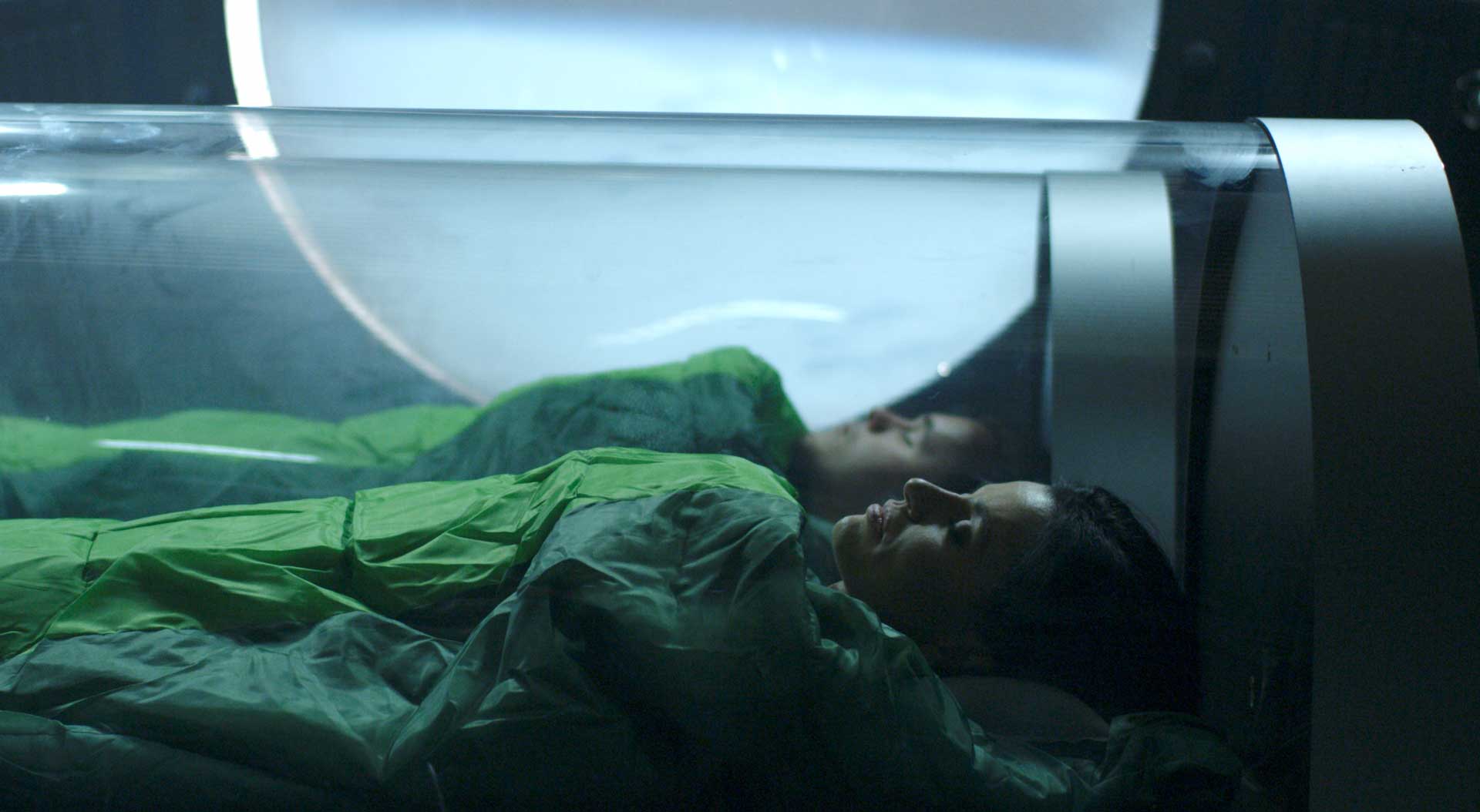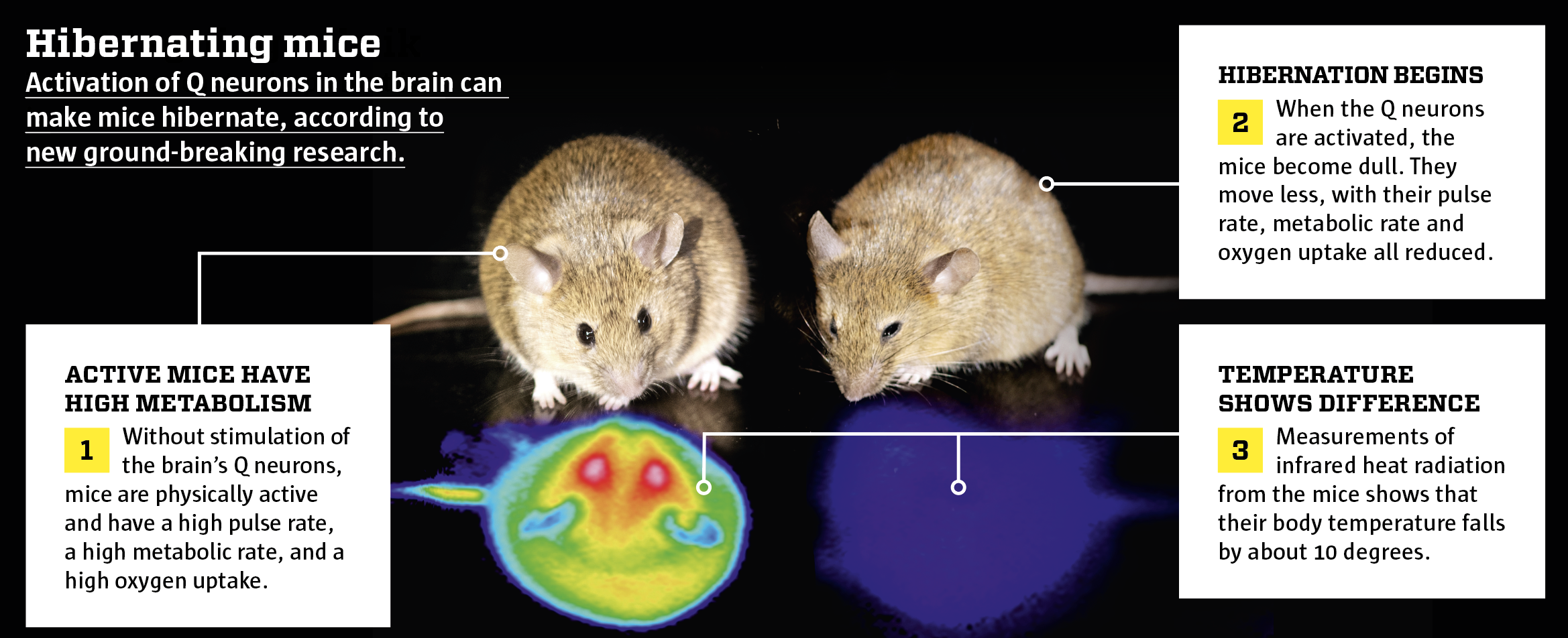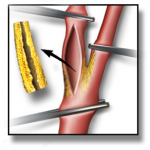
The idea of making astronauts hibernate on long space missions often appears in science fiction, but now it is one step closer to reality. Scientists from the University of Tsukuba in Japan have made mice and rats hibernate, even though they do not do so naturally.
Several mammals can reduce their bodily functions during months in which food is scarce – bears, hedgehogs, and bats all do so, as do a few primates such as lemurs. They all lower their body temperature and cardiac rhythm so that their bodies consume a minimum amount of energy. The Japanese scientists made mice do the same thing by activating specific cells, known as Q neurons, in the hypothalamus brain centre which controls a series of basic bodily functions. The body temperature of the mice fell 10 degrees, with cardiac rhythm and breathing also reduced. The state lasted for 48 hours with the mice suffering no apparent harm.
In nature, mice can hibernate for a few hours, so the scientists repeated the experiment with rats, which can’t. The scientists think that this indicates it should be possible to make all mammals hibernate, including humans. In the long term, it might be possible for astronauts to hibernate on space missions of several years, which would serve three purposes – they will not get bored, they will need fewer supplies, and they will live longer, as hibernation is easier on their organs.
But there is also medical potential down here on Earth. Patients with breathing difficulties could be saved by hibernation temporarily reducing their oxygen demand.







